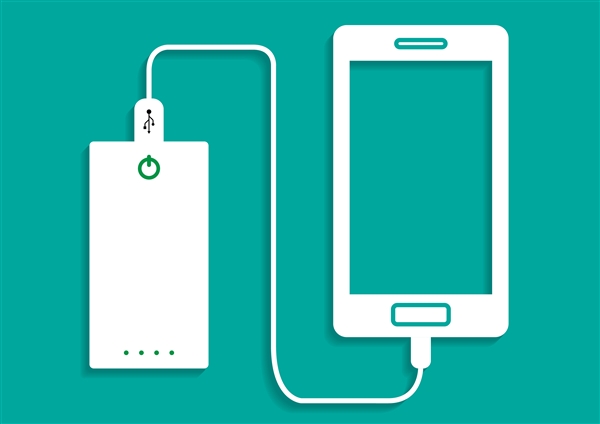SSZTBP5 january 2016 TPS25810
USB Type-C is a hot topic following the release of new laptop computers, smartphones and tablets that have one Type-C port for both charging and connecting peripherals.

This change is driving an increase in demand for Type-C AC/DC chargers and power banks because the Type-C connector has flip capability which gives convenience to users. More importantly, Type-C chargers and power banks are universally applicable for multiple laptop PCs, smartphones, tablets and more.
Ironically, the configuration of these chargers and power banks is not that different from their Type-A predecessors. One key thing some charger designers may overlook, however, is the additional power required for Type-C connections because of the additional Type-C circuitry. It is not just the D+/D- connection from the USB 2.0 era.
Type-C requires configuration channel (CC) pin detection for plug orientation and establishing roles of connected ports, and additional power delivery (PD) communications when higher output voltages are needed. These additional functions require more complicated integrated circuits (ICs) and naturally consume more current. Today, many Type-C solutions on the market are based on a microcontroller (MCU) core and consume high quiescent (IQ) current, usually in the milli-ampere range.
But extra current consumption can have an adverse effect on standby power consumption, and the latest Code of Conduct (CoC) V5 Tier-2 requirements for AC/DC adapters specify less than 75mW standby power – a tough goal to meet. Plus, if a power bank contains Type-C control circuitry, the extra current may deplete the battery even without actual use.
Advanced downstream-facing port (DFP) controller designs put low IQ as a key design goal. This type of design optimizes current consumption down to the micro-ampere range. For example, the TPS25810 Type-C DFP controller draws less than 0.7µA (typical) when no device is attached. This helps AC/DC adapters comply with the required efficiency standards, and warrants long hold-up time for charged power banks.
With the low IQ design of advanced Type-C controllers, AC/DC charger designers can meet standby power requirements without having the extra burden of an additional control circuit. Power banks using low IQ controllers can extend their charge hold-up time effectively, creating a better user experience.
Additional Resources:
- Check out TI’s solutions for Type-C.
- Read the blog post, “What is USB Type-C and why won’t it leave me alone?”